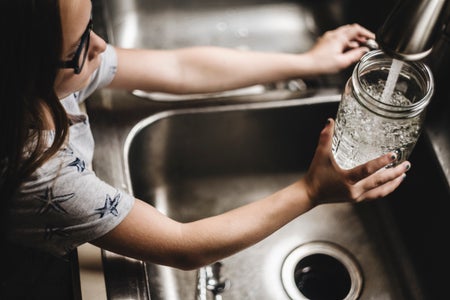
How Will EPA’s New Rule about ‘Forever Chemicals’ Protect Your Drinking Water?
A new EPA rule will limit PFASs, or “forever chemicals,” in your drinking water for the first time. Here’s what that means for you
Katherine Bourzac is a journalist based in San Francisco, who covers environment, climate, chemistry, health and computing for Nature, Science News, and other publications.

How Will EPA’s New Rule about ‘Forever Chemicals’ Protect Your Drinking Water?
A new EPA rule will limit PFASs, or “forever chemicals,” in your drinking water for the first time. Here’s what that means for you
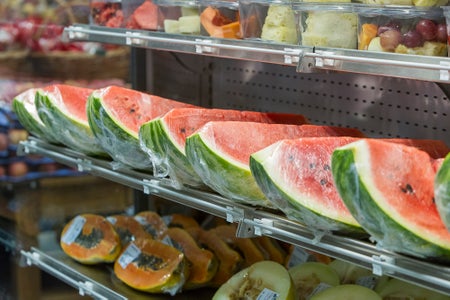
61 Unexpected ‘Forever Chemicals’ Found in Food Packaging
A global study identified 61 PFAS chemicals in food packaging that are not authorized for use in such products
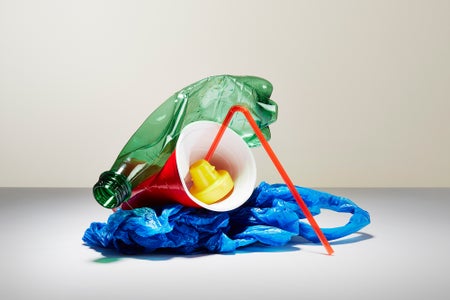
First Comprehensive Plastics Database Tallies Staggering 16,000 Chemicals—And It’s Still Incomplete
A massive new dataset highlights more than 4,200 plastic chemicals linked to health and environmental risks. But scientists say there are still large gaps in the scientific understanding of plastic ingredients
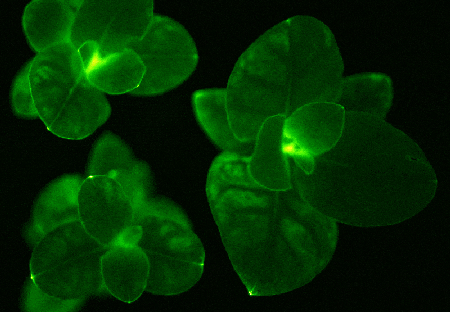
This Genetically Engineered Petunia Glows in the Dark and Could Be Yours for $29
The engineered “firefly petunia” emits a continuous green glow thanks to genes from a light-up mushroom

People Who Are Changing the Environment One Community at a Time
These four researchers are highlighting environmental inequities and improving the health of their communities

Rare Superheavy Oxygen Isotope Is Detected at Last
The long-awaited discovery of oxygen 28 might prompt physicists to revamp theories of how atomic nuclei are structured
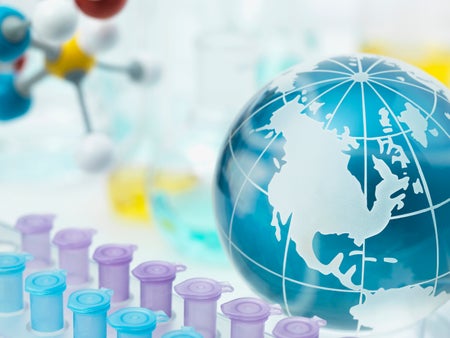
11 Rising Stars of Science
These newcomers are making their mark in research across a variety of fields

Physicists Make a 2-D Magnet
The breakthrough could lead to better data-storage devices and quantum computers
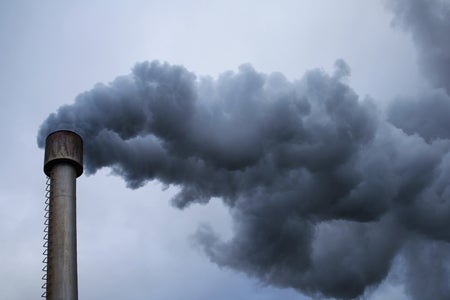
Can Chemists Turn Pollution into Gold?
Scientists are trying to convert carbon dioxide emissions into something of value—without using too much energy

New Sunscreen "Sticks" to the Skin
The active ingredients are encapsulated in nanoparticles, which prevent the chemicals from seeping into the body

Bionic Roses Implanted with Electronic Circuits
Materials scientists nonplussed by wired-up plants with color-changing leaves
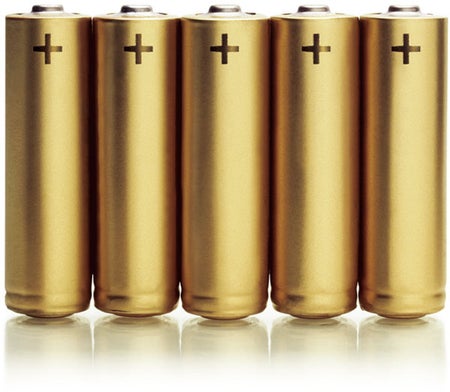
Xerox PARC Materials Scientists Print Two Thirds of a Battery in 1 Go
The method squeezes out multiple parts at once—like striped toothpaste from the tube

Moths Inspire Antireflective Coating that Could Help Devices Capture Light
A plastic film that mimics the microsized lenses in the compound eye of a moth could help boost solar cell efficiency and sharpen image sensors' views
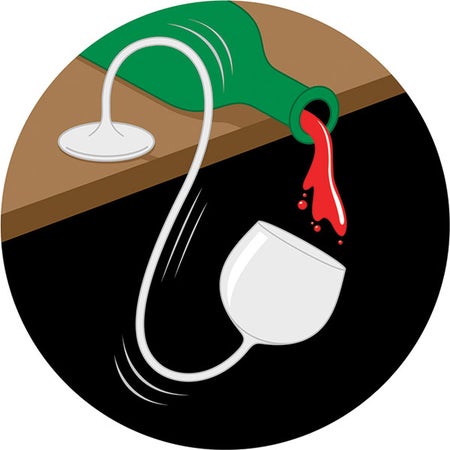
Rubbery Glass Arrives
A new concoction exhibits both hardness and elasticity

Self-Propelled Micromotors Take Their First Swim in the Body
Microsized tubes can now zip around in a mouse’s stomach and deliver cargo, suggesting the potential for improved functions of nanoparticle drug carriers and imaging agents

Touch Sensors Can Now Mimic Our Skin's Detection of Stretching and Twisting
The technology could be used to improve the functionality of prosthetic devices and robotics

Bendy Screens a Step Closer
New progress in flexible displays

Biology: Three Known Unknowns
Even as cancer therapies improve, basic questions about drug resistance, tumour spread and the role of normal tissue remain unanswered

Graphene’s Dark Side
The wonder material may pose risks if spilled

Highest Possible Resolution Color Images Achieved
Images made of metal-nanostructure pixels could be used for security or optical data storage

Physicists Invent First Tabletop X-Ray Source
The compact device promises to open a window on chemical reactions in the lab